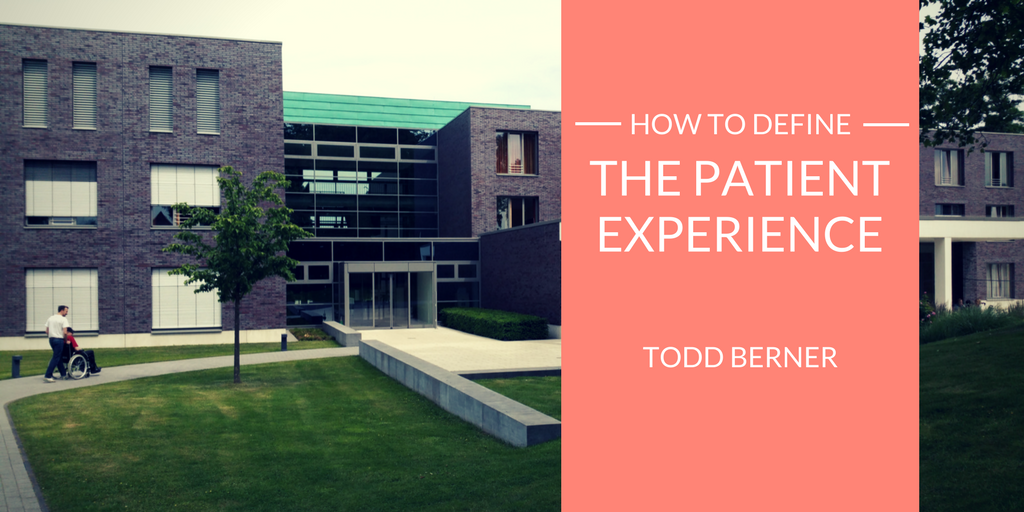Patient engagement gets talked about a lot on this blog, and for good reason. Healthcare has become something of a commodity, with people shopping around to find the best experience that they can. As a result, care facilities that provide a great experience for their patients tend to perform far better and be more profitable than those that do not go above and beyond.
But, as a researcher, I find it important to define the variables that determine what makes for a good patient experience. As it turns out, a study published recently in the Patient Experience Journal addresses exactly this; interviewing patient advocates and healthcare professionals alike to paint a picture of the factors involved. The study also reviewed previous studies to link patient outcomes to environmental and customer service factors.
On reviewing all of the information they had gathered, the researchers identified three key categories of variable that defined the patient experience. Design variables related to the physical space of a hospital or care center, and the facilities within. Outcome variables were defined by the quality of care received by patients. Organizational variables related to the way a facility is run and operated.
While the study generated a fairly long list of relevant variables, the researchers chose to focus on the six that came up the most frequently: patient engagement, patient and staff satisfaction, clinical effectiveness, personalization, patient safety, and admission and discharge processes.
Patient Engagement
Patient engagement strikes again! It was the most frequently mentioned variable in the study, and is based primarily on ways to keep patients informed and giving them the tools to take control of their own health. Studies have indicated that the key components of patient engagement include alleviating patient fears, supporting open conversation, and building confidence in both the carer and the patient. It can be a broad topic, but it’s always one that boils down to strong communication practices.
Patient and Staff Satisfaction
While satisfaction is another broad variable, it seems pretty obvious that a better patient experience is rooted in how happy individuals are after receiving care. Information related to patient satisfaction is largely determined by post-care surveys and related to a combination of environmental and organizational factors, some of which also appeared on the study’s list of relevant variables.
Also worth noting was the correlation between the happiness of facility staff and a propensity for employee engagement. When staff are properly trained to provide patient care, it results in greater job satisfaction and better retention.
Clinical Effectiveness
Clinical effectiveness is one of the more straightforward variables on the list. It relates to a carer’s ability to improve care quality while also providing evidence-based clinical solutions to patients. Factors that can lead to good clinical effectiveness include high patient safety standards and adherence to prevention and treatment.
Personalization
Tailoring care to each patient is another important factor in improving a patient experience. Providing a setting that takes into account patient preferences reduces stress and anxiety, and many providers are now offering training in personalized care. This can extend to treatment plans, where flexible scheduling can make a big difference.
Patient Safety
Care surveys often use patient safety as a factor that indicates facility quality. It not only includes error prevention in treatment, but also the administration of screening tests and immunization, as well as easy access to primary care. Additionally, studies have found that equipping patients with the knowledge of good safety practices is key to facilities improving in this area.
Admission and Discharge Process
First and last impressions are important anywhere, but especially in a care facility. Common courtesy goes a long way here, but some researchers such as Michael Devonas suggests a multitude of starting points for patients depending on the treatment they are looking to receive.
Discharge communications are important as well, and are critical in ensuring that a patient is well-informed and is given avenues to contact carers should any sort of situation arise. Post-discharge contact can make patients feel more comfortable and enhance experience long after they have left the hospital.
Conclusion
These six categories are notable not only for the frequency with which they appear, but for the way that they are interconnected. Often, there is a lot of overlap between categories, and this interconnectedness illustrates the need for quality patient care at every step of the process.
